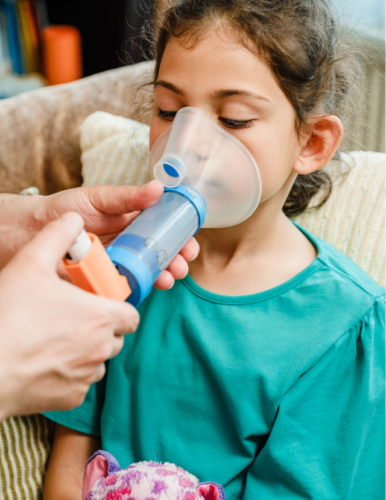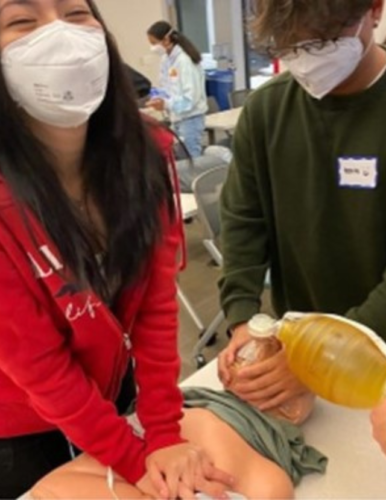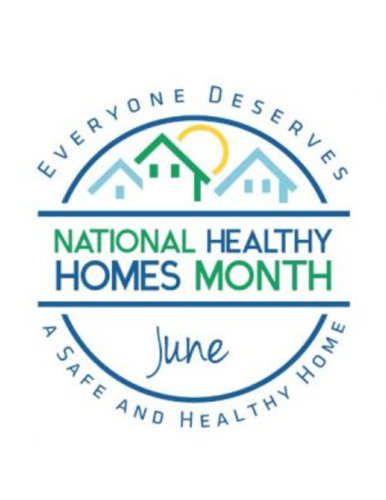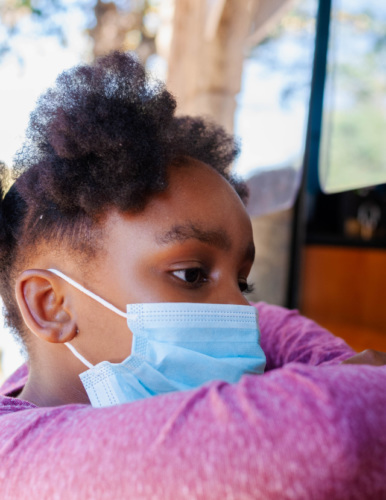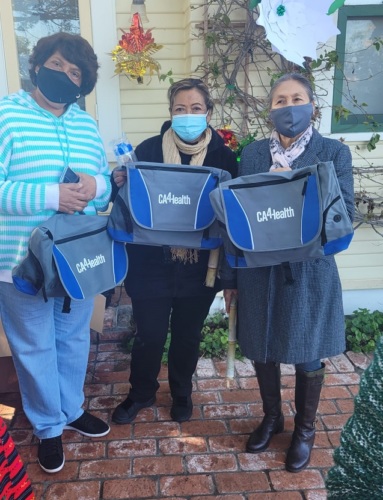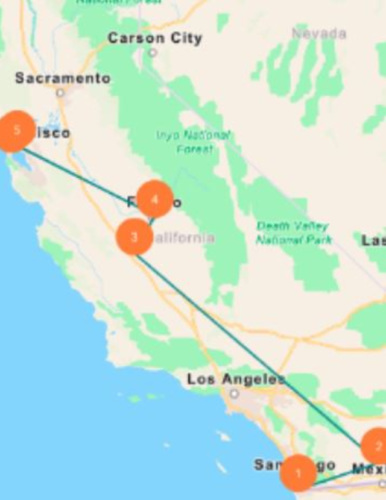

Chronic Disease Prevention
Advancing evidence-based chronic disease prevention strategies
Our Impact
See all Chronic Disease Prevention Impacts

- 10 years longer life among those with sickle cell disease
- $15M budget appropriation to help 2 million with asthma
- 13M low-income Californians meeting federal nutrition guidelines

Our Work
Chronic diseases such as heart disease, cancer, diabetes and asthma are leading causes of death and disability in the U.S. They are also a growing health problem in lowincome countries around the world. These diseases disproportionately affect communities of color and low-income populations, and are responsible for close to 75 percent of all U.S. health care costs.
Successful prevention strategies begin with recognizing the complex interplay of social factors that drive chronic disease, including poverty, racism, education, access to care and local community environments.
At PHI, we oversee a diverse portfolio of cutting-edge chronic disease prevention programs that collectively work to address these social determinants of health, with an emphasis on policy and systems change to have the broadest impact.
Critical Issues
Pioneering Expertise
- Coalition & Network Building
- Curriculum Development
- Evaluation
- Health Education & Promotion
- Leadership Development
- Media Advocacy & Communications
- Outreach & Dissemination
- Public Policy Advocacy
- Public Policy Development
- Research – Quantitative
- Research – Surveillance
- Research – Survey
- Technical Assistance
PHI Priority
Building Health Equity
PHI's Regional Asthma Management and Prevention program advocates for policy and systems changes to address asthma, asthma disparities, and social and environmental inequities. Thanks to their collaborative campaigns, California is now the first state in the country to list mold as a substandard housing condition. Their efforts have also resulted in two Medi-Cal policies that increase access to asthma home visiting services for people with poorly controlled asthma; and landmark regulations to help reduce a range of air pollutants in inequitably burdened communities across California, including the reduction of diesel pollution from trucks in low-income communities and communities of color.
Programs
Active Programs
Alcohol Research Group
Berkeley Media Studies Group
Building H
CA4Health
California Alliance for Prevention Funding
California Occupational Health Surveillance and Evaluation Program (OHSEP)
Cancer Registry of Greater California
Center for Climate Change and Health
Center for Connected Health Policy
Center for Health Leadership and Impact
Archived Programs
Bay Area Regional Health Inequities Initiative(PHI program 2002-2017)
California Center for Research on Women and Families(PHI program 2000-2016)
California Convergence Coordinating Office
California Project LEAN
CAN-Act
Center for International Tobacco Control
Cultiva La Salud/Central California Regional Obesity Prevention Program
Health Spectrum Program
Network for a Healthy California, Supplemental Nutrition Education Program Education (PHI program 1997-2015)

Work With Us
You change the world. We do the rest. Explore fiscal sponsorship at PHI.
Support Us
Together, we can accelerate our response to public health’s most critical issues.
Find Employment
Begin your career at the Public Health Institute.




